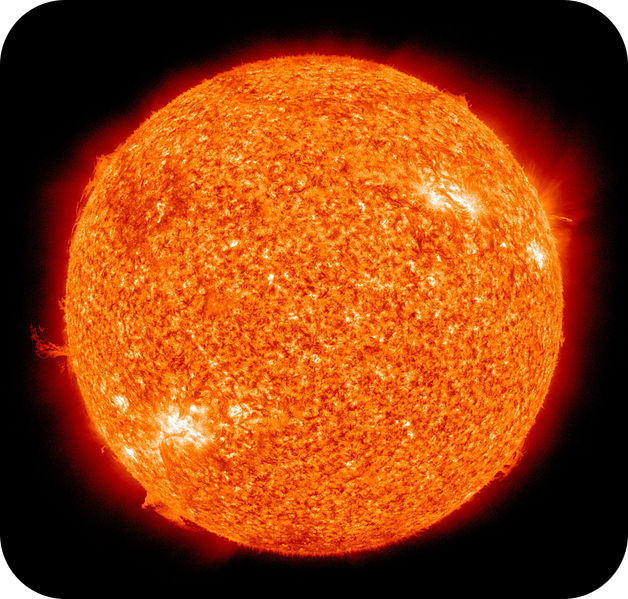
What is the source of nearly all of Earth's energy?
The source of nearly all energy on Earth is our star, the Sun. Solar energy feeds almost all life on Earth, is trapped in fossil fuels, and is the reason wind blows and water flows. Earth's other big source of energy is the planet's internal heat.
Types of Energy Resources
Energy resources are either renewable or non-renewable.
Non-renewable resources are used faster than they can be replaced, so the supply available to society is limited.
Renewable resourceswill not run out because they are replaced as quickly as they are used (see example in Figure below). Can you think of some renewable and non-renewable energy sources?

An old windmill in the Netherlands.
Non-Renewable Resources
Fossil fuels — coal, oil, and natural gas — are the most common example of non-renewable energy resources. Fossil fuels are formed from fossils, the partially decomposed remains of once living plants and animals. These fossils took millions of years to form. When fossil fuels are burned for energy, they release pollutants into the atmosphere. Fossil fuels also release carbon dioxide and other greenhouse gases, which are causing global temperatures to rise.
Renewable Resources
Renewable energy resources include solar, water, wind, biomass, and geothermal. These resources are either virtually limitless like the Sun, which will continue to shine for billions of years, or will be replaced faster than we can use them. Amounts of falling water or wind will change over the course of time, but they are quite abundant. Biomass energy, like wood for fire, can be replaced quickly.
The use of renewable resources may also cause problems. Some are expensive, while some, such as trees, have other uses. Some cause environmental problems. As the technology improves and more people use renewable energy, the prices may come down. At the same time, as we use up fossil fuels such as coal, oil, and natural gas, these non-renewable resources will become more expensive. At some point, even if renewable energy costs are high, non-renewable energy will be even more expensive. Ultimately, we will have to use renewable sources.
Important Things to Consider about Energy Resources
With both renewable and non-renewable resources, there are at least two important things to consider. One is that we have to have a practical way to turn the resource into a useful form of energy. The other is that we have to consider what happens when we turn the resource into energy.
For example, if we get much less energy from burning a fuel than we put into making it, then that fuel is probably not a practical energy resource. On the other hand, if another fuel gives us large amounts of energy but creates large amounts of pollution, that fuel also may not be the best choice for an energy resource.
Electrical Grids
No matter what the source, once it is generated electricity has go move from place to place. It does so by an electrical grid. Many communities have electrical grids that were built decades ago. These grids are inefficient and have high failure rates.
The electrical grids of the future are likely to be smart grids. Smart grids start with electricity production from one or more power generation sources. The electricity is streamed through multiple networks out to millions of consumers. Smart meters are placed with the consumers. They supply information on the state of the electrical system. Operators know within minutes if the power goes out, rather than having to wait for phone calls from consumers. Smart meters measure consumption and assist consumers in using power when it is more economical, even turning on or off appliances in homes or workplaces to smooth demand. Smart grids are essential for integrating renewable energy sources, such as solar and wind, into the network because they have highs and lows in their supply.
Today we rely on electricity more than ever, but the resources that currently supply our power are finite. The race is on to harness more renewable resources, but getting all that clean energy from production sites to homes and businesses is proving to be a major challenge.
Summary
Non-renewable resources are used faster than they can be replaced. Once they're gone, they are, for all practical purposes, gone. Renewable resources are so abundant or are replaced so rapidly that, for all practical purposes, they can't run out.
Fossil fuels are the most commonly used non-renewable resources. Renewable resources include solar, wind, hydro, and (possibly) biomass.
A resource may take so much energy to harness that it doesn't provide much net energy.

No comments:
Post a Comment